Number Patterns Have Their Purposes
It’s become common practice to dial phone numbers to get in contact with other people. It hasn’t always been that way. Technology had to come a long way to reach that point.
In past eras, dialing phone numbers was not yet a requirement. Methods were significantly different then.
Although it’s all become more sophisticated, we as phone users have learned to eventually adapt to new ideas and changes.
What Is The Most Common Amount Of Digits In A Phone Number?
Although it can vary by area, the most common amount of digits for phone numbers have often been as much as 10. However, the amount can be less for other places.
In some areas of the world, the amount of digits can possibly be as low as 4 to 5. There are many countries, cities, islands, and the like with names that many people have never been heard of before.
When you’re not accustomed to it, you might ask yourself how it’s possible. There are always going to be reasons behind it.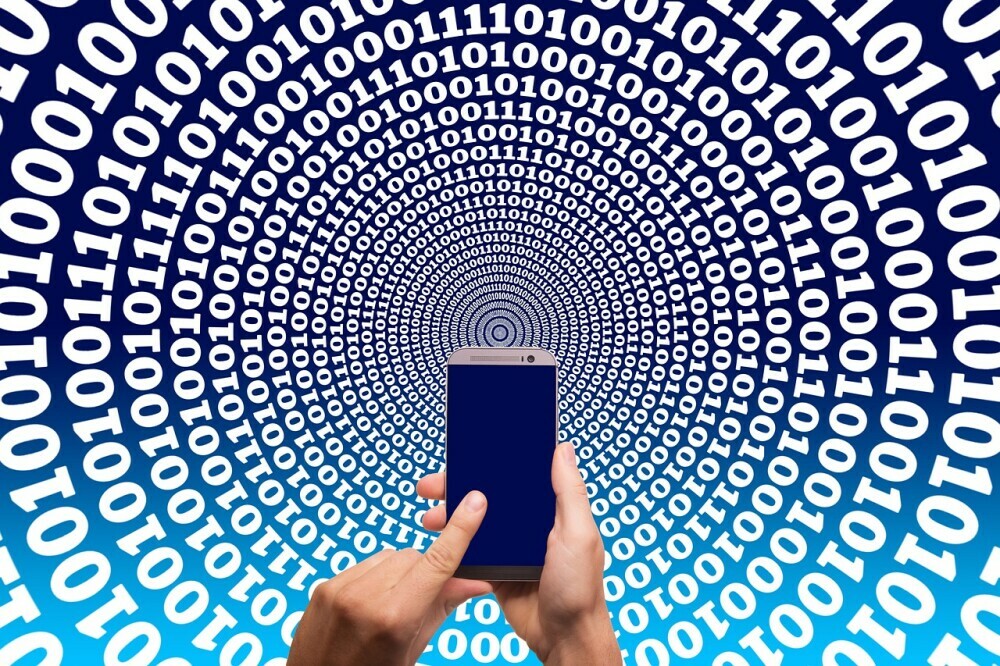
One valid reason can be that people in their respective home areas that are used to it and know how their phone numbering plans work best. Another reason can relate to what kind of numbering plan is being used for a particular area.
If you can visit a set number of places internationally, you may experience how their respective phone numbers work compared to what you’re normally used to.
Here’s a random example. If you live in the US and travel to a different state, there won’t be much of a difference in the phone digit pattern.
If you travel beyond the US or even North America, the difference in phone digit patterns will potentially be more noticeable.
Why Are There Phone Numbers With More Than Ten Digits?
One common reason for it is when a phone number requires one or more additional digit to be pressed first before regularly dialing the rest of the number.
The amount of digits used in a phone number often varies from place to place. This can also have a possible effect on your mobile device in a way where number formatting may become slightly altered.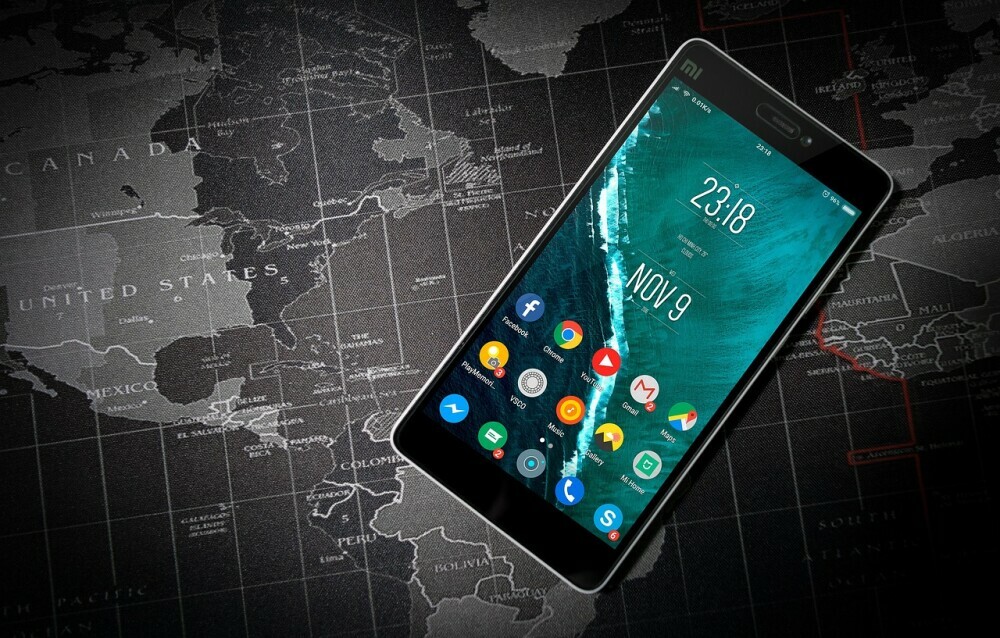
Another reason can depend on the location since some areas do use more than ten digits. The advancement of technology has been playing a pivotal role in that consistently.
Countries like China, Argentina, and Iran can have up to 11 digits. Although they’re not the only ones, there’s no official count on how many places have the same amount or more.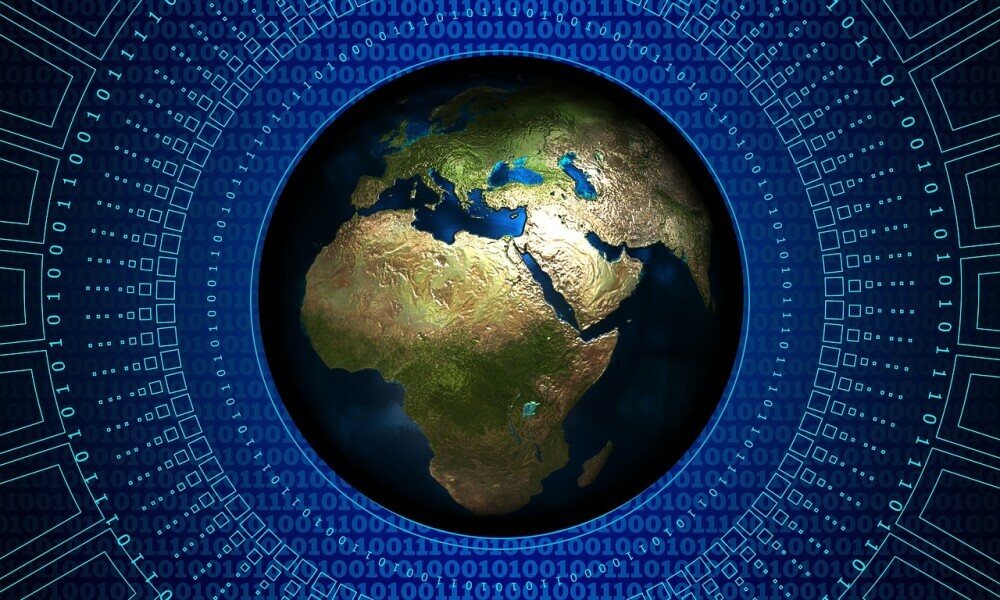
Many areas can even have multiple sets of numbers at a time. The breakdowns on how it works in different places all have their own process.
If you were to move somewhere else, it’s likely that you have to learn how the number system works in that respective area.
What Phone Numbers Have The Most Digits?
There will never be a Guinness World Record for the longest phone number. The maximum amount of digits any phone number can have at one time is 15. The reason for this is all due to the international numbering plan.
It’s not entirely clear what phone numbers hold the maximum amount of 15 digits. However, there have been phone numbers that have come close to it. It ultimately comes down to every part of a phone number and what it may entail.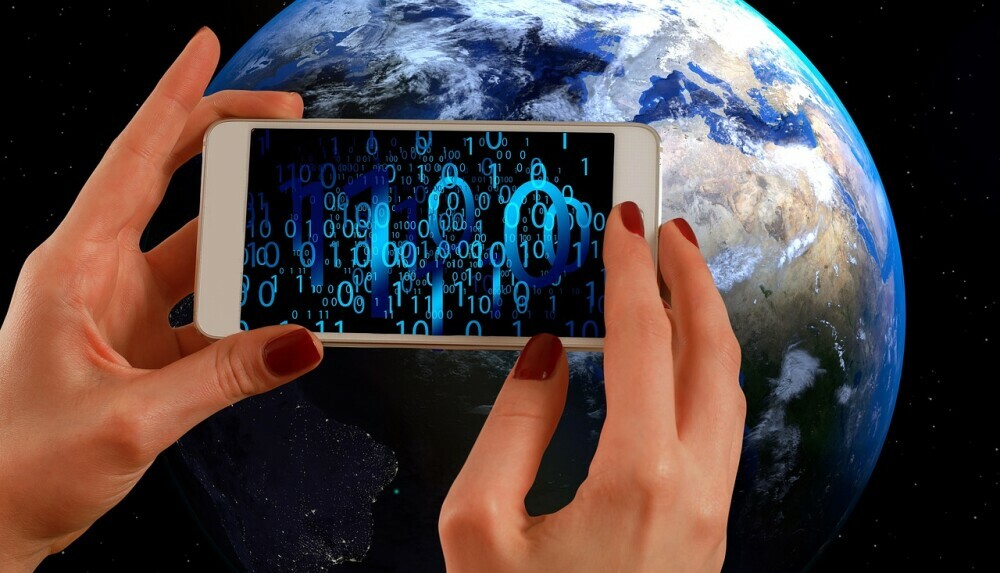
Having a set amount of digits in a phone number is necessary. Having an excessive amount can overcomplicate the purpose of how a phone number is meant to work.
Did you find this helpful? Would you like to share your thoughts? Any and all are welcome. Additional updates are eventually made as new information becomes available. Thank you for reading!
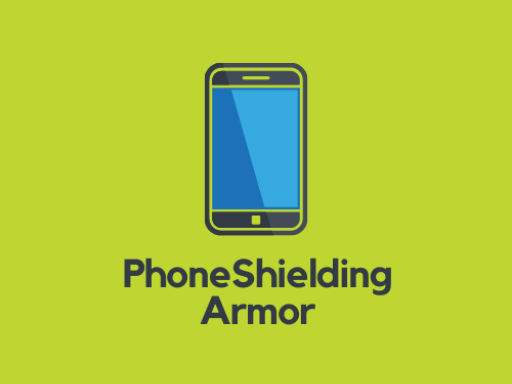
10 replies on “Why Are There Phone Numbers With More Or Less Than Ten Digits?”
Hi, I remember growing up back in the day when people had phones hanging on their wall and a voicemail machine. Now it’s all on cellphones. Even my parents don’t have a home phone anymore. But I live in Canada and it’s just 11 diigits here. A 1 then the postal code 3 digits then the remaining 7 (123-4567)
So much has changed for sure. In a way, we get to see noticeable differences. With the majority of North America, 11 digits seems to be the most common amount.
With the way the phone number processes are set up, it can be potentially easy to dial a number wrong when to someone who’s not familiar with how to do it properly. There are so many that it’s hard to keep up with them.
Hey Tyre,
I found your topic to be very unique as it delves into the variation in the number of digits in phone numbers across different regions and countries. It explores how regional numbering plans and technological advancements impact the global format of phone numbers. The article emphasizes that while a ten-digit format is standard in many areas, other regions may have fewer or more digits based on local requirements and technological infrastructure. The varying phone number lengths worldwide reflect the diverse ways societies adapt to and integrate communication technologies. This intriguing topic sheds light on the often-overlooked complexities of global communication systems and their evolution.
Thank you for reading. It’s interesting how far back it started. In the past, there was likely little to no way of telling what the patterns were versus now.
No one will completely understand all of it. As long as it makes sense enough to followed, that counts in more ways than one.
How far have we come? My grandmother’s first phone number was LI8-5448. Yes, you spoke to the operator to get connected. When we first moved to Montana in the early ’70s, we were required to have a “Party Line”. The 4 families on the country road all shared the same line. You got your first education to ringtones to know who was supposed to answer.
I have lived in 4 different countries and all had a variation of the Country Code, Area, and number. One country was written as the Area was 4 numbers, and the number was 3. Another had 8 or 8 numbers depending on the length of time the number was held. I grew up a numbers nerd. I guess numbers rang a bell. Thanks for the post and walk down memory lane.
Wow. Phone numbers really were unique back then. It’s really nice to get insight from others’ experiences like the kind you had. Times are always changing.
It’s interesting how one phone line can work for multiple people without there being too much of a cluster. Being able to connect with lots of people at once seems almost mind-blowing.
Hey Tyre!
I found your explanations on country-specific numbering plans, special service numbers, and extensions to be enlightening. It’s fascinating to learn about the different numbering formats and how they are implemented to accommodate specific needs and functionalities.
Additionally, your insights on the challenges and benefits associated with non-standard phone numbers were thought-provoking. Have you encountered any interesting or unique cases of phone numbers with more or less than ten digits? I would love to hear about any experiences or additional insights you may have.
Keep up the good work!
Marios
I’m glad I could bring something to the table on this subject. Different places have their own ways their numbers operate.
Although I haven’t exactly had a direct experience with it, the closest I’ve ever had to one was with a family member when I was a kid. It was one of those very rare times. Even now, it’s become vague and hard to remember.
I intend to travel in the future and experience it more first hand. Although traveling can be a challenge for many, it’s never too late.
I can remember the days before we had mobile phones, and when certain areas could only be called by going through an operator that had to connect you to the recipient. So it is actually so much easier now, to just use a mobile phone, and as long as you have reception, you can call anywhere in the world.
With so many countries globally that offer mobile services, it is not surprising that phone numbers have so many digits. And that some need to have more than ten digits to serve the area. As the global population grows, I guess we can expect to have even more digits in our phone numbers.
In many ways, easier is better. It’s good that there are now more accessible instructions to get in contact with others. Although there are still areas of the world that use no digital communication, most of the world has gone digital.
We can only imagine how phone numbers will functions in the future for as long as we’re alive. It’s a mixture of some things staying the same while some change.